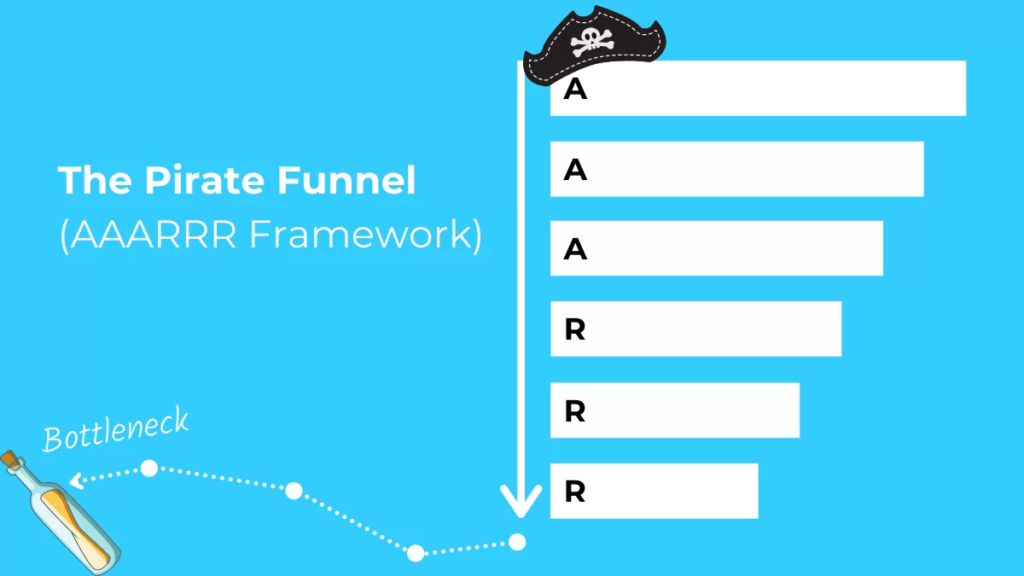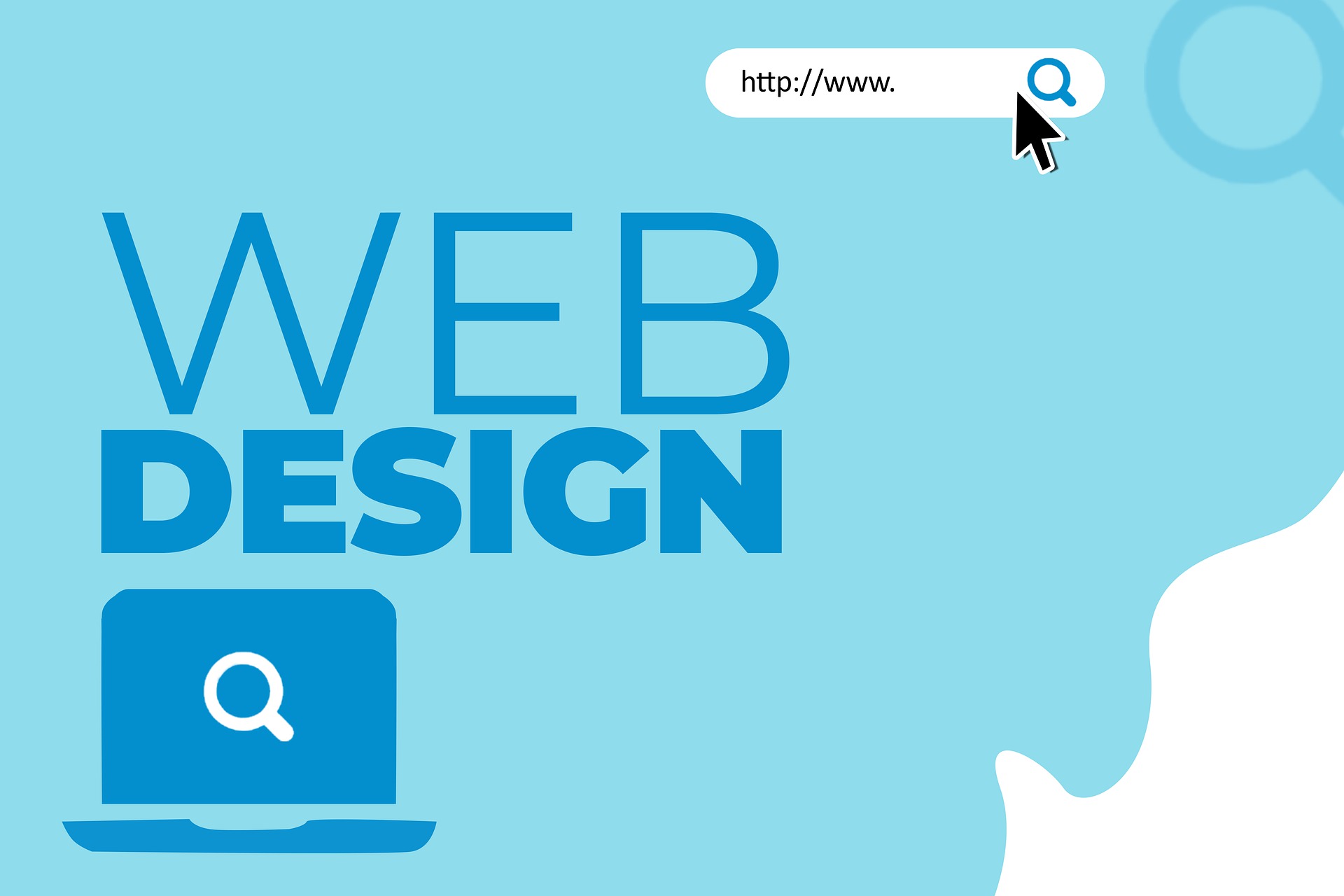Many people believe that the only advantage web design brings is making the site look better and that alone may not be worth the cost. Receiving a current, beautiful website is something that comes along with a redesign, yet it is far from the only benefit. A website can communicate a lot about what your brand is all about in subtle ways to the user. A visually appealing website with easy navigation and plenty of content shows you’re a brand who cares, is professional, and can be trusted. With eCommerce consistently on the rise, you can’t afford to have a website that looks poorly thought out, is frustrating to use, and could quickly disintegrate trust in your brand and send customers elsewhere.
First Impressions and Engagement Rate
With improved web design, a huge tangible benefit you will receive is an improved first impression and higher engagement rate as a result. Studies on eye tracking have shown that it takes less than a few seconds for visitors to form a first impression of your website. Another study found that 94% of visitors would reject a website or mistrust a company based on design-related aspects. Your company cannot afford to have a low engagement rate because your website appears unpleasant or unprofessional on first impression.
So what are users actually looking for from this first impression? Unless your brand has other problems, your brand colors and messaging are unlikely to be the cause of a poor first impression. The real problem your website may be facing is a navigation that is unintuitive and hard to understand. The worst emotions you could elicit when a customer is visiting and navigating your website are confusion and frustration. Above all else, guide users to the content they are searching for and they’ll be happy. Never place emphasis on aesthetics and design before ease of navigation and functionality – that’s not to say you aren’t striving to make something beautiful.
In this school of thought of web design, less is often more. Keep designs sleek and simple so the user knows exactly where to go when traversing the page. Remember, simple does not mean uninteresting. Relevant and captivating images, subtle animations, and clever content layout can be great tools when it comes to engaging users and keeping them on your website.
SEO
The enhanced first impression and engagement rate a redesign brings can also have positive impacts on SEO. Directly, google accounts for stats like how long a user stays on a page and bounce rate when ranking search. Indirectly, holding user’s attention and getting them to stay on your website to click more and more internal links will also signify to Google that you have a website that is worth engaging with.
On the web, everything is connected. That includes the strategies you use to grow your website and business. If you care about improving your business’s standing on search results pages, you need a website that users want to continue engaging with. Ideally your website should host its own content with as many internal links as possible to drive engagement up and keep traffic on your own site.
When doing an overhaul of the web design of your website, you will often want to include new content to encourage visitors to engage with the site you put all this work into. Make sure to focus on optimizing this content for SEO with relevant keywords, internal links, and external links. Focusing on SEO early is helpful because you want to generate as many SEO friendly pages as possible that you can link to internally and have Google’s crawlers find.
The Buyer’s Journey
One of the main goals of your website design should be to never interrupt the flow of your customer’s buyer’s journey. As an example, you wouldn’t want to show a buyer an educational infographic when they’re already in checkout. Education should happen before the user reaches check out, so all your pop-up would do is slow the user down in their checkout process. You need to make sure you are showing content that is useful and relevant to the exact stage of the buyer’s journey that your customer is at.
A great website will actively encourage a user to continue on their buyer’s journey with relevant calls-to-action, well placed and timed offerings, and content/design that naturally encourages users to continue moving through the site. If you are answering the right questions for users at the right time; if you are always showing them what the next step to take is, then you will likely improve your conversion rates.
When a customer first gets to your website, you may not be certain the stage of the buyer’s journey your customer is in. For this example, I’m going to be using the ‘Pirate Funnel’ (AAARRR Framework) buyer’s journey of Awareness, Acquisition, Activation, Revenue, Retention, and Referral (or reputation). With summer in full swing, a boat is an enticing purchase many people may be feeling the pull towards. Let’s pretend you’re a boat dealer setting up a website. This would be a very large purchase for the average person so customers need a brand they can trust. Ideally, other marketing tactics that are more effective at establishing initial touchpoints like digital advertising would address the awareness stage. Sometimes a buyer will find themselves on your site from a Google search, a click on an ad, or from a blog post. These customers will likely have no idea who your company is before landing on the website. At a minimum, your website needs to explain who you are, what you do, and how you do it.

Getting a customer to come to your site, doesn’t necessarily mean that you have their trust. It just means that you had an offer enticing enough for them to decide to visit. Now that they are on your site, you need to engage them and work on building up a sense of trust. No matter where the customer is in their buyer’s journey, customers expect a well-crafted, professional website from your business.
Where your website really starts putting in work is during the acquisition stage and beyond. For content designed at all stages, the end point should be pointing the customer towards a decision point that ends with them thinking your brand is the best fit for the job. The tactics you’ll be using to nurture during both the acquisition stage and beyond often work in tandem and can be hard to tell apart, but there should be some key differences in strategic thinking when creating content for both of these stages. Acquisition stage content is often more product focused to educate customers about their options, often with personalized leads about the user from marketing to show them products specifically for them. Activation stage content should be focused more on why your brand is the best option, this may include direct comparisons to competitors, free trials or money back guarantees, your prices, or the level of service you offer. Content at this stage should let your customers know how to get the most value out of your products and why they should want that for themselves.
In the acquisition stage for our boat dealership example, you’d want to include educational content about all the different brands of boats, their price points, and services like warranties and additional add-ons you offer. Activation stage content for our boat dealership example would ideally have side-by-side comparisons to competitor pricing. If you can’t compete on price, beat the drum about your exceptional service and actually deliver on it. If the customer is able to find the answers they’re looking for from your website, they’ll trust you. If you’re able to seamlessly transition the customer from being in the acquisition stage to the activation stage all while on your website – you’ve succeeded in gaining their trust and hopefully can keep them all the way to a sale and the revenue phase.
For retention and referrals, your website is tremendously important. Although it may seem these stages are past the scope of what web design impacts, your website could have easily been a roadblock. If your website never gets in the way of what the user is trying to accomplish and the customer never feels confused or frustrated, you’re doing a good job and giving yourself the opportunity to get to the retention stage. And if you go above and beyond to include advanced features, this is where your website can really start generating referrals and advance your reputation. In our boat dealership example, a visualizer tool that lets you do a virtual tour of a boat would be something an exceptional website provides.
MINDSCAPE Services
At MINDSCAPE, there are plenty of opportunities to work with us on your website. We offer a variety of options so you can find one that works best for your business. Our premier service is Retainer Engagement. Retainers get priority service and offer strategic direction, consultation, and execution of services. These engagements typically work well for clients that:
- Desire strategic consultation and guidance
- Value a partner actively seeking and implementing opportunities for growth
- Are focused on improving overall Customer Experience
- Have small marketing teams
- Are seeking a new site as part of a broader growth initiative
We also offer Project-based Engagement. number of page templates, content migration, and analytics set-up. This type of engagement typically works well for clients that:
- Have the need for a team to execute a clearly defined project
- Have the staff resources available to handle ongoing maintenance and support
- Prefer to work with a team of experts in siloed, short-term engagement
- Have a vision and plan and need help executing one piece
If you don’t need a completely new site, but need help with web design, development, copywriting, etc., a tactical engagement may be for you. We can help you create a single landing page, write a new web page, create an icon — whatever you may need. Tactical engagements work well for clients who:
- Need a certain skillset to augment an existing team
- Need more horsepower than brainpower
- Have an inconsistent need for support
Want to get started?





